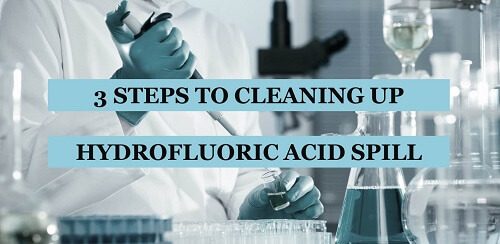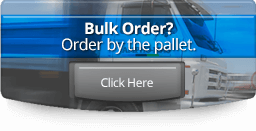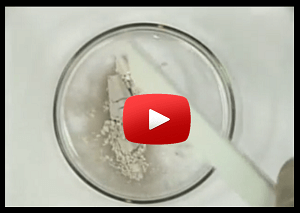How to Clean-Up Hydrofluoric Acid Spill
Do you work in the petroleum industry, in an industrial setting, or in a laboratory environment? These businesses, and others, use hydrofluoric acid (HF) in various products and services.
Certain spill response products, like clay absorbents, cannot be used on a hydrofluoric acid spill. Attempted use of these products to treat a hydrofluoric acid spill could create a dangerous gas. Due to the limitations of these products, it is important to understand what can and cannot be used to neutralize a hazardous hydrofluoric acid spill.
Your Chemical Spill Response
Amphomag® is ideal to have in your safety and spill response supplies to neutralize small amounts of chemical spills like hydrofluoric acid.
- Use quickly and safely to treat spills
- No dangerous side effects
- No dangerous gas, heating, or splashing
- Reduces potential of hydrogen fluoride release
Amphomag Beats the Competition
Compared to other spill clean-up products, Amphomag is a one-stop hazardous spill neutralizer. Some spill absorbents, such as OIL-DRI, cannot absorb hydrofluoric acid. Amphomag can, with its unique pH indicator to identify and neutralize most hazardous spills. Discover other ways Amphomag is the better solution.
Most chemical spill response steps for laboratories need at least 5 steps in their instructions for use before you can apply a neutralizing agent. Even then, you have to find the right neutralizing agent.
Contain and neutralize any spill quicker with Amphomag – it is the right product for chemical spills. Order today.

Step 1: Supplies
Here are the supplies you will need to clean up a hydrofluoric acid spill:
- Mask
- Goggles
- Gloves
- Broom
- Plastic Dustpan
- Amphomag
While you may be able to clean the spill without protection if none is available, it again may be better to call in a team to avoid acid exposure depending on your level of training.
Step 2: Clean Up
- Pour Amphomag slowly and directly onto the spill to contain and neutralize.
- The Amphomag will initially turn reddish/pink to indicate that it is an acid and when fully neutralized will turn to a yellow/green color.
- If there is any hydrofluoric acid remaining anywhere, repeat step 2 until all hydrofluoric acid is gone.
Step 3: Disposal
The contained and neutralized hydrofluoric spill is now ready to be disposed of as a nonhazardous material. Use a broom and plastic dustpan to sweep up the Amphomag and dispose of in a landfill.




